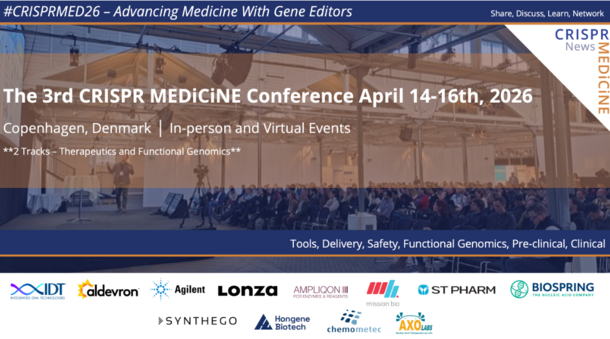Multiple myeloma is a cancer that develops in the bone marrow, the spongy tissue found in the centre of most bones. Multiple myeloma is characterised by abnormalities in plasma cells, a type of white blood cell. In myeloma, these abnormal cells multiply uncontrollably, increasing from about one percent of cells in the bone marrow to the majority of bone marrow cells. The abnormal cells form tumours within the bone, causing bone pain and an increased risk of fractures.
Relapsed myeloma refers to when a patient had active treatment that their disease responded to, went off treatment and then the disease came back.
Refractory myeloma is a disease that is progressing despite active treatment.
